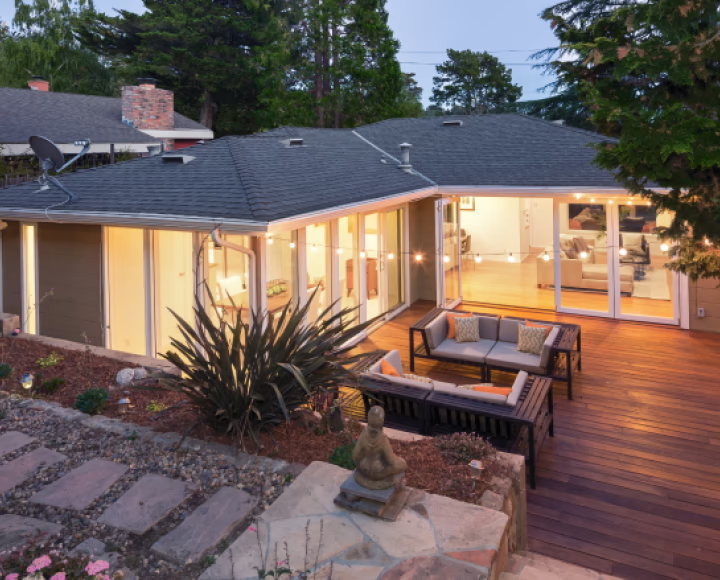Granny Flat Loans
Granny flats, also known as secondary dwellings or bungalows, have gained popularity in Australia in recent years, as it is a practical housing solution that can be rented out if you wish to do so. Recent stats show that over half a million homeowners nationwide have the space to build a granny flat, potentially increasing the home’s overall value by 30%. Granny flats can benefit you doubly: aside from adding value to your property, it can bring passive income if rented out. With many homeowners being able to fit a granny flat in their property, it makes sense to learn more about this type of investment. If you’re considering building a granny flat, you’ll want to understand the financing options to maximize your loan. Let’s explore the concept of granny flats, the rules surrounding granny flat construction, and the pros and cons of this investment. What is a granny flat? A granny flat is a self-contained living space located within a home. It can either be separate from the primary home, or attached to it, e.g., built above the garage. A granny flat can function as a single-family dwelling, complete with amenities that offer the same comfort as a home. Some granny flats are mini versions of a full-sized house with kitchens. Meanwhile, other granny flats just include a small fridge and a microwave and won’t have a full kitchen setup. On average, the granny flat measures just 60 square meters. Why the name? These flats often serve to house an aging parent or other adult members of the family. But they aren’t limited to that purpose – granny flats can be used by in-laws, nannies, friends, and even as rental units-hence why they are sometimes called secondary dwellings or bungalows. Why build a granny flat on your property? There are several selling points for a granny flat. These include: Properties that are in major cities or in densely populated and expensive areas could capitalize on granny flats. Offering short-term accommodation rentals, e.g., AirBnB type stays apart from long-term renters could support financial outcomes while at the same time building equity. What are the drawbacks? However small you plan it to be, a granny flat is still a construction project that involves upfront costs from design to build. With any construction come the risk of hidden issues that could bleed your budget. For instance, any plumbing, electrical, fencing, or pathway build may leave you overcapitalized in the end. In other words, it can be too costly to build and may even disappoint in terms of the value expected to be had. In addition, some states do not allow granny flats to become rental units. Certain areas could have tricky rules when it comes to building a secondary dwelling right on your property. Navigating the regulatory landscape and obtaining necessary approvals can be time-consuming and may vary depending on your location. And lastly, a granny flat could be subject to capital gains tax, except if there is a written formal agreement with a family member who is older or who has a disability to reside in the flat. Rental income is also taxable, and unless you plan to use negative gearing you could earn less than what you spend for maintaining the flat. Make sure you consult with Intellichoice home loan specialists to understand how a granny flat could affect your taxes. Rules in granny flat loan and construction While regulations vary across states and territories in Australia, some general guidelines apply when building a granny flat: How much does a granny flat cost? The cost of a granny flat in Australia can vary significantly depending on various factors, including location, size, design, materials used, and additional features or customization. On average, the cost of building a granny flat in Australia can range from around $80,000 to $200,000 or more. Granny flat loans are designed to have the same functionality as a single-family home. Even though it’s smaller, the construction could entail huge costs. Granny flat loans Given the enormous expense in building a mini home, most homeowners would need financing to commence the construction. A granny flat loan offers homeowners the chance to fast track this specific project, accessing funds that align with a borrower’s needs. To finance a granny flat, consider these methods: Explore financing options here for granny flat construction. Our advisors have a network of trusted lenders around the country. We help you thoroughly understand how to budget for your granny flat project and keep it aligned with your financial means and goals. Talk to us today to get started. Darin Hindmarsh See Full Bio

